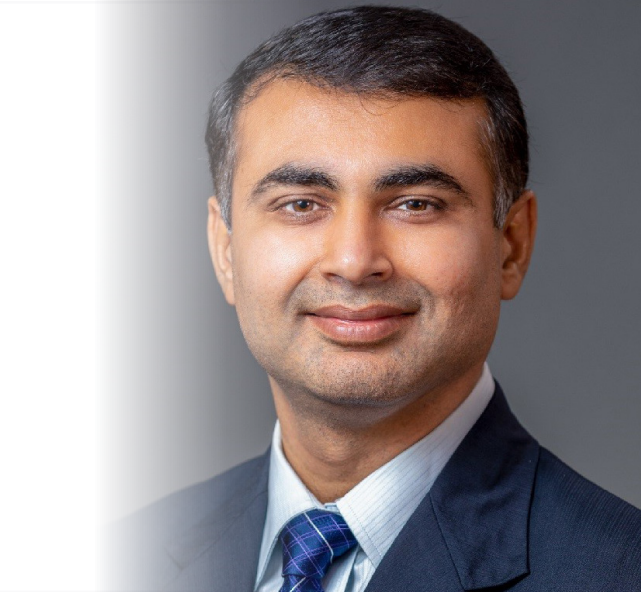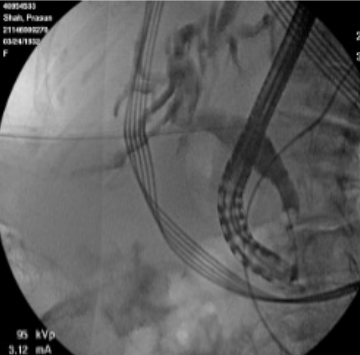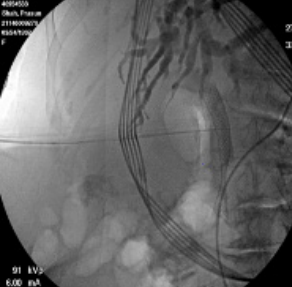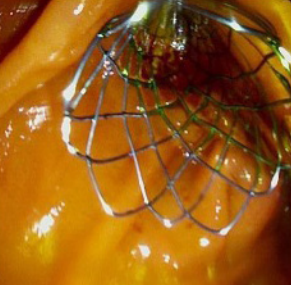Endoscopic Procedure with a Single-Use Duodenoscope During Treatment for Pancreatic Cancer
Memorial Hermann The Woodlands Hospital
Shenandoah, Texas
Summary
Patient History & Assessment
Procedure
EXALT™ Model D scope was gently introduced through the mouth, oropharynx, esophagus and stomach to the duodenum. The Ampulla of Vater was identified with periampullary diverticulum. The CBD was selectively cannulated with use of a Boston Scientific sphincterotome and 0.035 inch guidewire. Cholangiogram showed dilated CBD and common hepatic duct with dilated intrahepatic ducts. Complete cutoff of distal CBD was noted though wall of bile duct appeared to be regular. Sphincterotomy was performed with cutting wire on sphincterotome. Sphincterotome was exchanged with cytology brush and brushing specimens for cytology were obtained from the site of stricture. Cytology brush was exchanged with balloon catheter and occlusion cholangiogram was obtained confirming above mentioned findings. A WallFlex™ 10mmx60mm uncovered self-expanding metal stent was deployed bridging the stricture area from common hepatic duct to duodenum. Free flow of bile was noted from the stent. The patient tolerated the procedure well.
Post procedure patient’s bilirubin and liver enzymes started trending down. WBC count improved. Patient started feeling better and began regaining her strength. She was discharged in 2 days post procedure with oncology and GI follow-up recommendations and oral antibiotics for 7 days. At our hospital we have been using single use EXALT Model D scopes in covid-19 positive cases with higher chance of infection. In this particular case, the patient already had E. coli positive blood culture so using single use scope was the best option.
Case Outcome/Discussion
EXALT™ Model D single use duodenoscope provided easy handling and every maneuver was possible through the scope that can be performed with a regular duodenoscope. With EXALT Model D the elevator was smooth and didn’t require extra pressure on the thumb so it works in favor of the proceduralist as well. The patient’s tolerance of the procedure was fine. No sore throat or abdominal discomfort were noted post procedure. No complications occurred.

CASE STUDIES
Approved for all 4 ASGE complexities
Watch case studies to see how the EXALT Model D Single-Use Duodenoscope offers stability, maneuverability and control in ERCP procedures of all four ASGE complexity grades.
View case studies![]()
Stay up to date
Sign up to receive periodic emails about EXALT Model D case studies, clinical data, reimbursement and more.
![]()
Connect with a rep
Request a rep to learn how EXALT Model D may help you reduce post-ERCP infection risks and improve patients’ lives.



